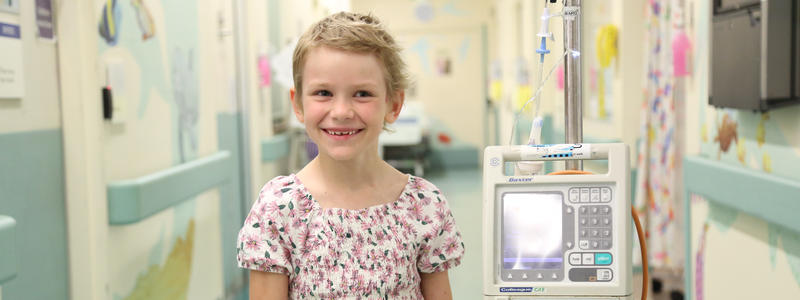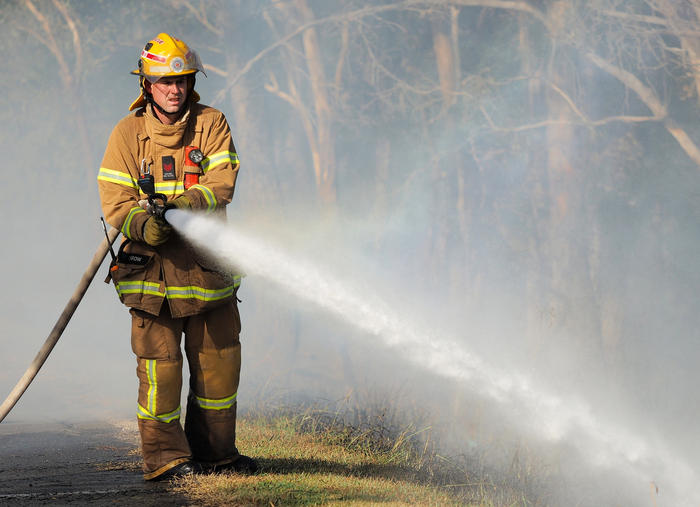
News | Events

Air quality is currently compromised by persistent bushfires, but here are some ways that parents can help their children to breathe more comfortably and reduce their exposure.
Tiny particles and gasses in bushfire smoke can irritate airways, enter lungs and cause coughing and wheezing. Other symptoms may include difficulty breathing, watery eyes, and runny noses.
Most children only experience temporary symptoms during these times. If a child has a chronic illness like cardiac disease, respiratory illness or is being treated for cancer or leukaemia families are encouraged to limit their exposure.
Ideas you may find useful include to:
- Remain inside with windows and doors closed when heavy smoke is visible, limit time spent outdoors and reduce physical activity.
- Keep windows closed when in a car and set the air conditioning to recirculate the air.
- Ensure that if you have an air conditioner at home it is not on a setting to draw air in from outside.
- Ventilate your home to change the air in it when there are periods of clean air outside.
- Let children play outside at times when air quality is cleaner.
- Spend time in airconditioned venues such as shopping centres, libraries and cinemas which may provide a reprieve if you are in a heavily affected area.
- Provide a P2 (also labelled as N95) mask for your child to wear if advised by your doctor or nurse. Most P2 masks are made for adults so when fitting these correctly on children it is very important to prevent smoke entering gaps near the nose, chin or cheeks.
Most importantly, consult your doctor or nurse immediately if unsure about symptoms.
NSW Health has more information on bushfire smoke and air quality to help you here.
Find out more about P2 masks in this Department of Health factsheet.
Find out more about air quality here.
